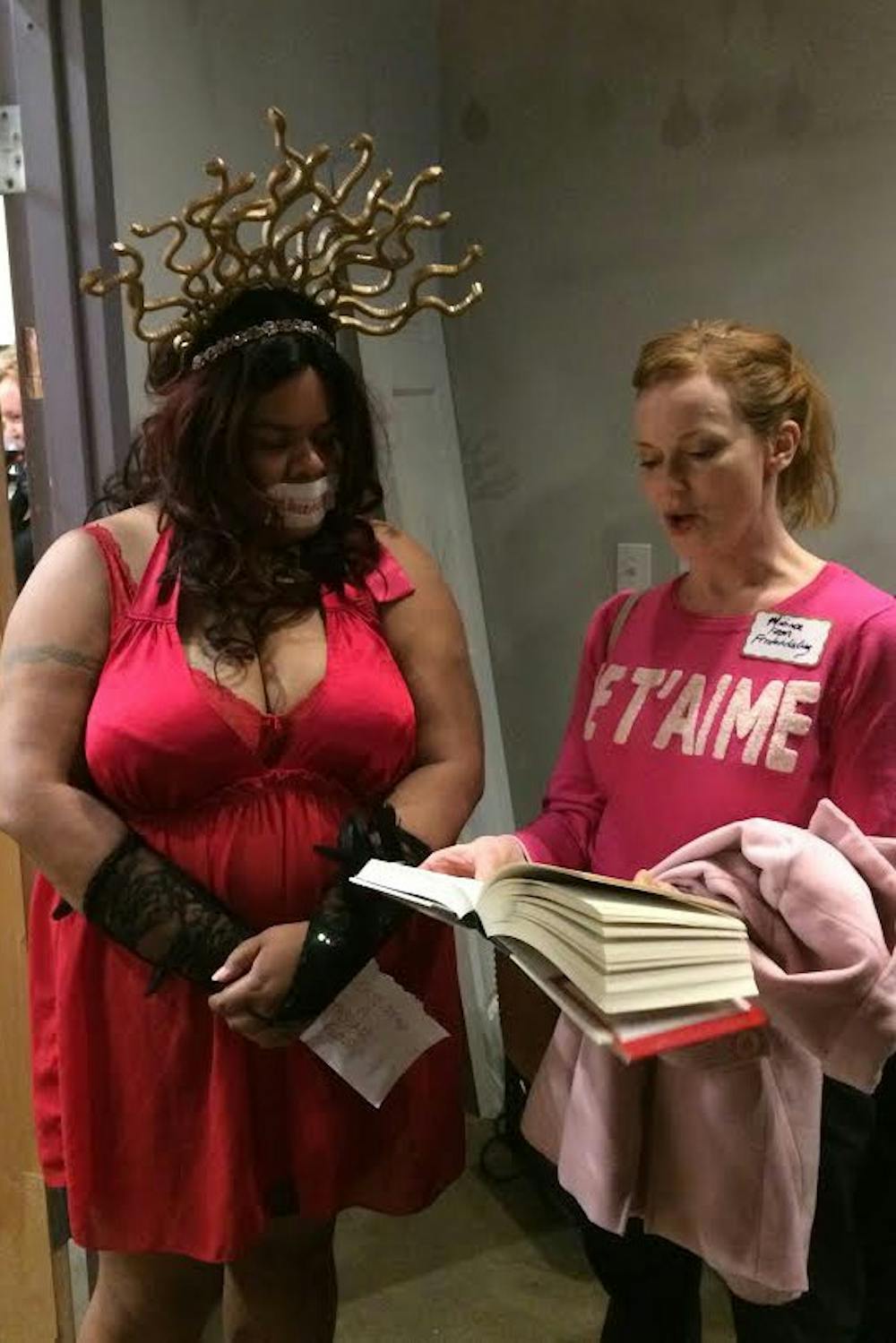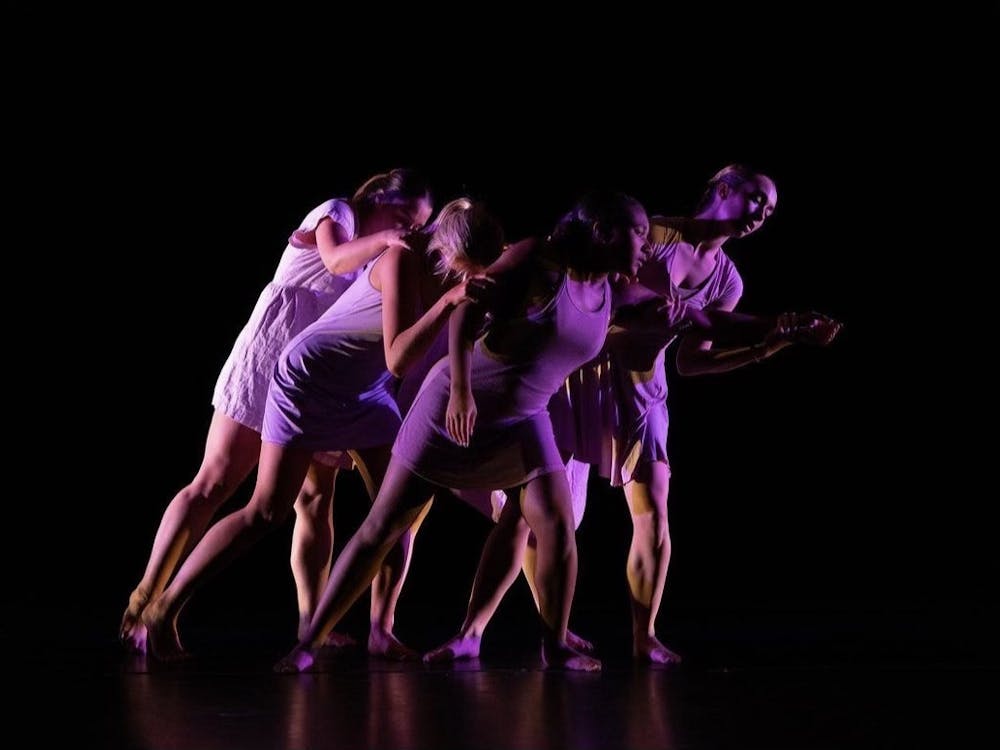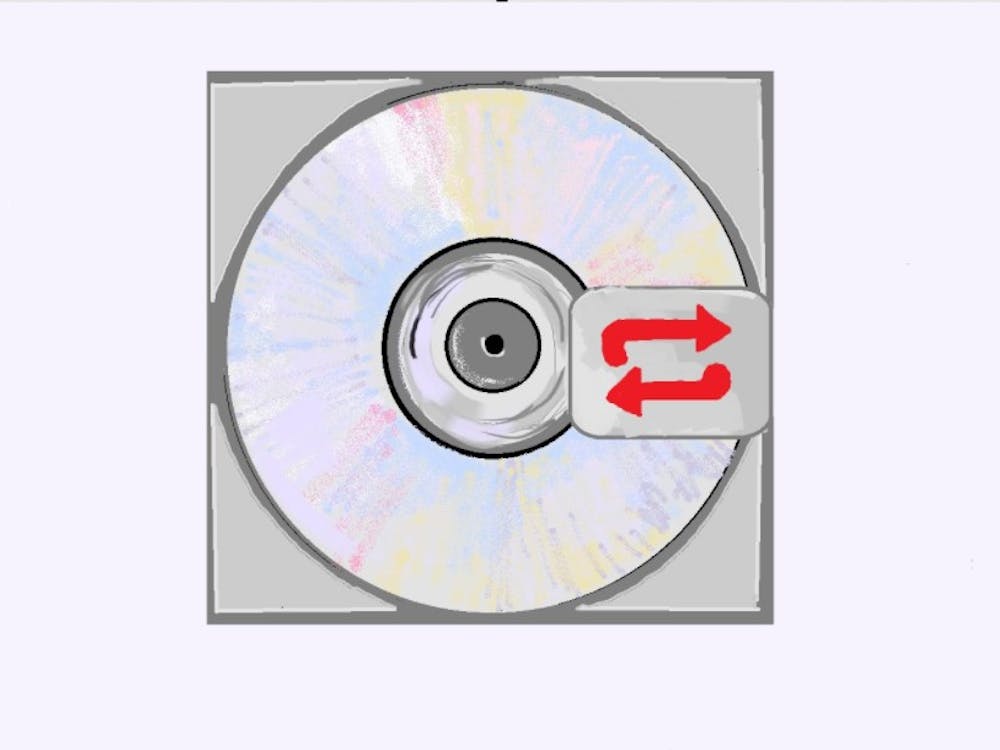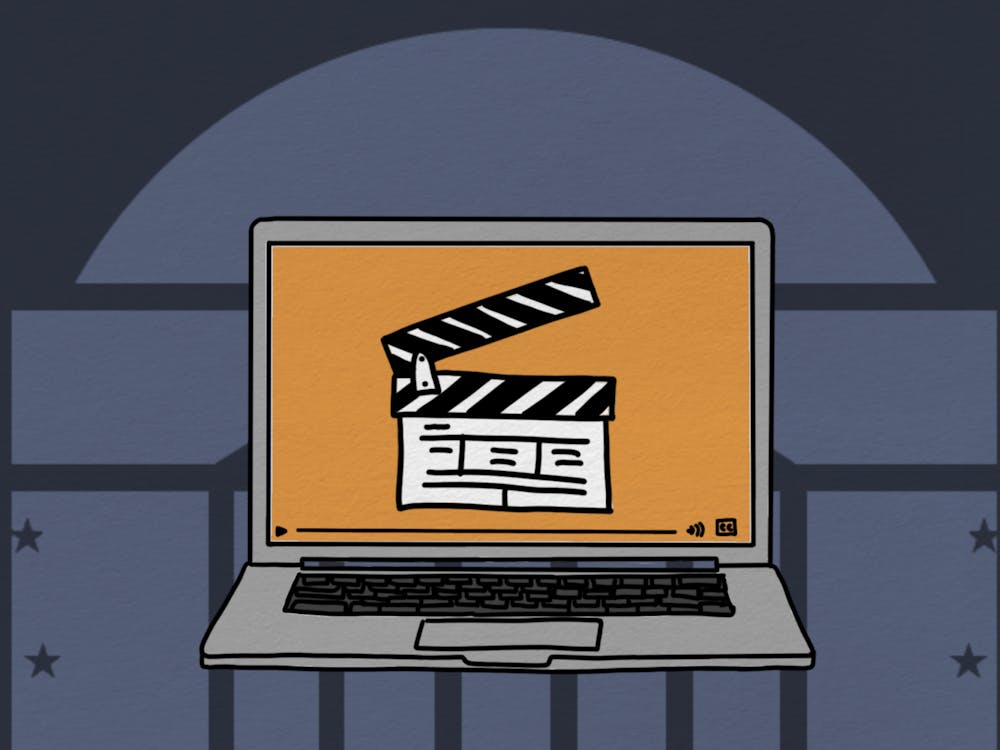In times of political oppression or uncertainty, art has traditionally been used as a means of escape or therapy. This is a visible trend throughout history and across multiple mediums, from Picasso’s “Guernica” to The Temptations’ “War.” When people helplessly feel stripped of their voices, artists find unique ways to express their thoughts and those of fellow citizens.
What happens when women’s reproductive rights are challenged? The answer was heard resoundingly at the “Nasty Women” art exhibition Feb. 25. Hosted by the IX Art Park, the showcase is just one of dozens of “Nasty Women” movements cropping up across America after its impressive start in New York City.
The turnout was diverse, with multiple demographics of race, gender and age represented among the attendees. Additionally, of these patrons, it appeared that everyone bought a piece of feminist artwork.
The exhibition consisted of over 70 pieces donated by over 50 artists, and they were quickly purchased. These works varied more in media than subject matter — while ranging from oil paintings to photographs to a handbag, nearly every piece addressed the female anatomy in a modern context. Some tiles made the pieces self-explanatory, such as the painting “Yes, Baby, Mommy Has a Vagina Too.” Conversely, others — such as “Bi-Racial Vagina,” a vaguely heart-shaped, black and white granite sculpture — proved a little more enigmatic.
Perhaps most intriguing was a performance piece from an artist named Veronica Haunani Fitzhugh — who was dressed in antlers and had a shackle around one ankle as well as the label “MANAGED” in masking tape over her mouth. If she caught a spectator’s eye, she would hold up a collection of Audre Lorde essays in one hand and a sign requesting the spectator to “please read a passage aloud.” While possible interpretations were myriad, the act was at the very least thought-provoking.
Fitzhugh was not the only artist to mingle with the crowd. Another came dressed as President Donald Trump — with orange face paint and electric yellow hair coloring. He posed for pictures when it was suggested, but spent most of his time stalking through the spectators and muttering, “This is fake art. All of this is fake art.”
Fake art or not, the cause behind the pieces is very real. As with the original New York “Nasty Women” exhibition and its spin-offs, all proceeds from the pieces sold went toward the funding of Planned Parenthood. In between the local music acts that performed at the showcase, a representative from the nonprofit helped expand on the cause. She said the best way to support Planned Parenthood is to “become a patient,” going on to add that the organization provided “non-judgmental, passionate care.” The applause which followed her short speech was the most deafening of the night.
A distinctively provocative undertone ran through all of the pieces. However, it should not be misinterpreted as hostility. If anything, the exhibition reflected a resilience in the face of hardship, both among its artists and its attendees.
An accurate summary of “Nasty Women’s” message can be found in one of its pieces — a pen-and-ink drawing by Pierre Fihue. A fierce-looking woman with sharp teeth and claws rolls up one sleeve in imitation of Rosie the Riveter with the caption, “We can grab back … it’s gonna hurt.”





